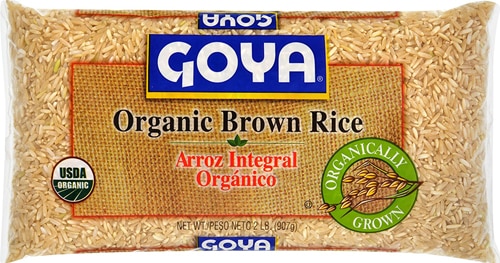The term “
clean eating” is a buzzy expression thrown around often. You can find related diets and recipes, but what is clean eating? And in a time where diets and meal plans are abundant, is clean eating the benchmark we should aim for? From a dietitian perspective, eating is more than the nutrients involved. We examine the (sometimes) complicated relationships people can have with food and how labeling food as “clean” can impact that relationship.

What is clean eating?
The phrase began with good intentions. It implied eating minimally processed foods as close to nature as possible, including vegetables, fruits, whole grains, nuts, seeds, animal and plant-based protein and healthy oils. This may be a nutritious, healthy way to eat, but clean eating has become synonymous with a moral perspective on food – labeling food as either good or bad. This labeling can lead to a complicated relationship with food. When you classify food as good, bad,
clean or unhealthy, it can lead to food rules that create unnecessary fear, anxiety and judgement.
As
registered dietitians, we aim to help clients eat in personalized ways that make them feel their best. If the idea of clean eating helps you think about ingredients, how they make you feel and where they come from, it’s a healthy lifestyle for you. If the concept of clean eating has you worried that all packaged or processed food is “bad,” it may be time to evaluate your relationship with food. A dietitian can help you incorporate packaged foods into your diet in a balanced and nourishing way.
What is balanced eating?
Instead of labeling food as “clean” or following strict rules, shift your focus to balanced eating, which is all about variety, and yes, balance. Eating should be a pleasurable experience that provides ample nourishment to your body. Balanced eating means consuming a variety of protein, carbohydrates, fruits, vegetables and healthy fats – all of which can include both packaged and fresh foods.
You can have a balanced diet and use convenience items on a weekly basis. Some examples of convenience items include canned and frozen
veggies, fruit, low-sodium
beans, lentils, chickpeas and peas. These affordable items contain peak amounts of nutrients and are quick to prepare. Other examples of nutrient-rich packaged foods include canned or air-tight
tuna packs, ready-to-eat hard-boiled eggs, frozen
brown rice and 100% whole-grain bread. These are all incredibly
nutrient-packed items. Focus on eating “real food” over “clean food” to drop the pursuit of food perfection.
If you are struggling with the idea of “clean eating” versus “balanced eating,” one of our Kroger Health Dietitians can help you navigate this. Make an
appointment to learn more and receive individualized nutrition advice.
Quick Tips:
- Eat foods that make you feel your best and dismiss the idea of perfection in diet.
- Give yourself permission to eat all foods! This truly helps take away any feelings of restriction that can sometimes lead to uncontrollable cravings.
- Listen to how your body feels after meals and snacks. If you feel energized after eating a salad, grain bowl or veggie omelet, eat these foods most often.
- Balanced eating is about making healthy food choices out of a genuine desire to nourish your body and not out of guilt or other food rules.
Featured Product:






